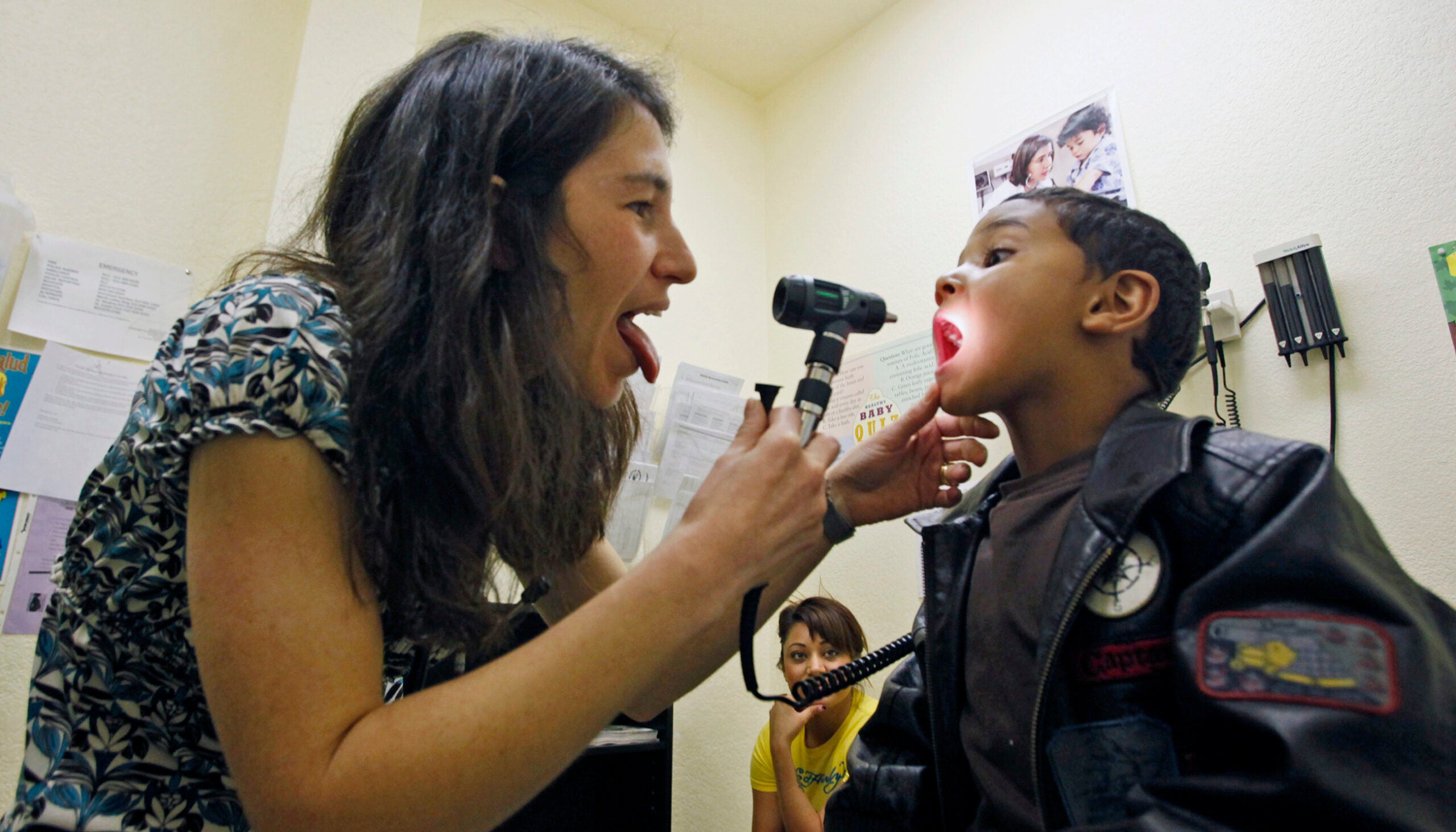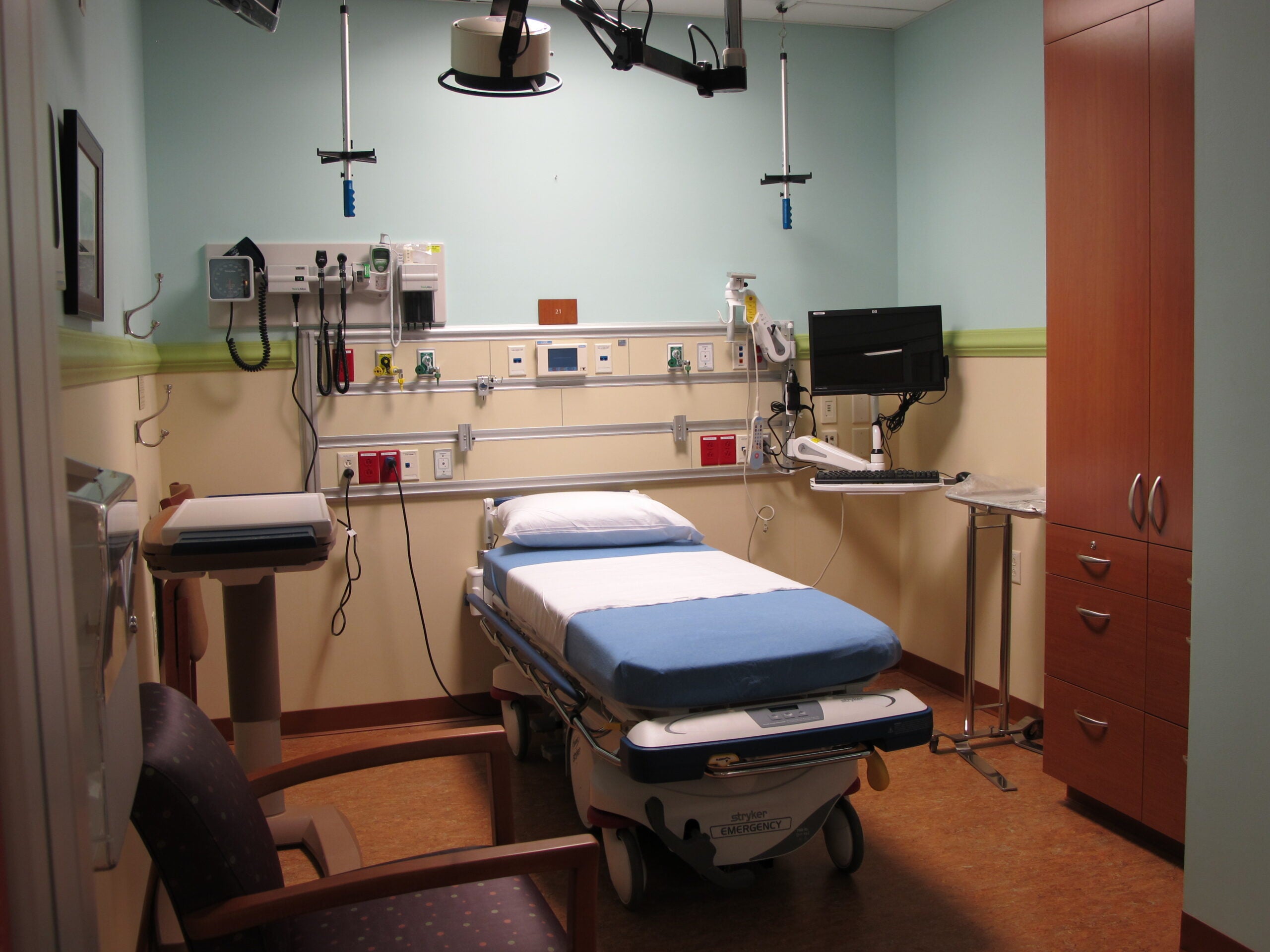A new report shows a third of Wisconsin hospitals operated at a loss last year.
The Wisconsin Hospital Association surveyed 167 hospitals across the state about their finances, patient use and staffing for their annual Guide to Wisconsin Hospitals report.
This year’s data shows that 54 hospitals, or about 33 percent of all facilities, had negative operating margins. That’s slightly less than the same report from 2022, when 60 hospitals in the state lost money, but still much higher than previous numbers. In 2021, only 21 hospitals had negative margins.
Stay informed on the latest news
Sign up for WPR’s email newsletter.
WHA reported that between 2021 and 2023, nearly half of surveyed hospitals have seen a decline in their operating margins.
But Brian Potter, WHA senior advisor, said the majority of hospitals in the state are operating as part of a larger health care system, with revenue coming in from multiple facilities.
“That provides them not only help with overhead, all the compliance and health information technology type stuff, but it also gives them a back up, in case they have some financial struggles,” he said.
Potter said a hospital’s revenues depend in part on how patients are paying for care. Medicare accounted for nearly 48 percent of billed charges at surveyed hospitals, or what’s called total gross patient revenue. Medicaid represented 14.5 percent while commercial insurance accounted for 32.5 percent.
“The ones that tend to lose money more consistently tend to be because their payer mix is a bigger challenge,” said Potter. “Government payment programs don’t pay as well as commercial payment does. You have to take care of your community, but you can’t really control where their insurance is coming from.”
He said lower reimbursement rates will likely continue to be a financial challenge for health care systems as more of the state’s population reaches retirement age and transitions to Medicare.
Stuart Craig, assistant professor at the University of Wisconsin-Madison’s School of Business who studies health care spending, said hospital’s operating margins are also “a function of their choices.”
He points out that most hospitals are nonprofit entities, so they should be motivated to keep patient costs as low as possible and invest any profit back into their facilities.
“Hospitals will often defend high commercial (insurance) reimbursement rates by saying, ‘Well, we lose money on all these Medicare patients,’” Craig said. “But those are choices that they’re making to set their cost structure. Like, if you looked at hospitals that operate in markets that are mostly Medicare patients, they just set a lower cost structure and stay open.”
Craig said the mix of patient insurance types can have an impact on the quality of facilities. He said hospitals bringing in more revenue can more easily invest in new technology, while facilities with lower profits aren’t able to afford more expensive tests or treatments.
Like most industries, Wisconsin hospitals have also been affected by rising supply costs. The WHA report found facilities are paying about 11 percent more in labor costs than they were two years ago, while costs for supplies and contracted services went up nearly 17 percent.
“A lot of those things are sort of outside of the control of the organization, those are things you have to have,” Potter said, adding that these challenges don’t appear to be going away any time soon.
Potter said most health care systems also have some non-operating revenue, like investment income, that helps with their overall margins.
The survey data shows that the general hospitals with the highest net incomes are Aurora St. Luke’s Medical Center in Milwaukee, with $285.9 million for fiscal year 2023, and UW Hospital and Clinics Authority in Madison at $205.6 million for the year.
Wisconsin Public Radio, © Copyright 2025, Board of Regents of the University of Wisconsin System and Wisconsin Educational Communications Board.




